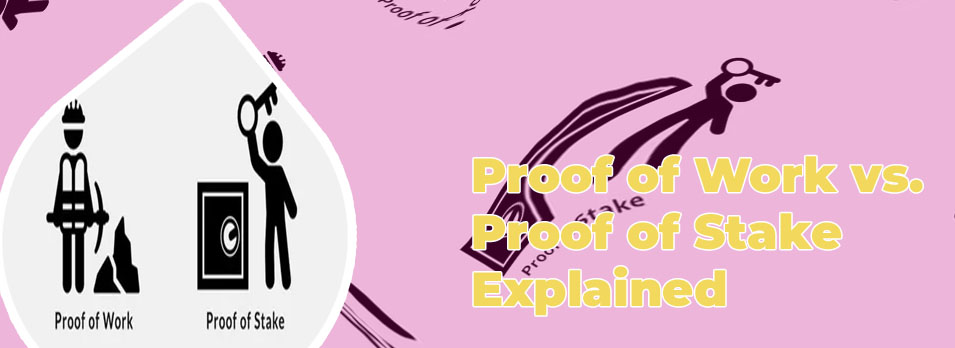- Bitcoin apps
- How to buy on cryptocom
- Bit coin price in us
- Cryptocurrency bitcoin price
- Cryptocoin com coin
- When to buy bitcoin
- Where to buy gyen crypto
- Ethereum candlestick chart
- How to buy crypto
- Buy ethereum with credit card
- Today's bitcoin cash price
- 1 etherium to usd
- Cryptocom cards
- Buy btc
- Cryptocom card
- Where to buy crypto
- Largest bitcoin holders
- Ethusd converter
- Where to buy ethereum
- 1bitcoin to dollar
- How to buy safemoon on cryptocom app
- Crypto exchange
- Bitcoin one percent controls all circulating
- What is ethereum trading at
- Metaverse coins on cryptocom
- Cryptocom payment methods
- Crypto com not working
- What app can i buy dogecoin
- Dogecoin 20 where to buy
- How to sell on cryptocom
- Btt crypto price
- Btc mining
- Safe btc crypto
- Bitcoin cryptocurrency
- Selling crypto
- Cryptocurrency exchanges
- Dot crypto
- Buy physical bitcoin
- Polygon crypto
- Where to sell dogecoin
- Price of ethereum today
- Safe dollar crypto
- How much is bitcoin
- Apps cryptocurrency
- How to close crypto com account
- Eternal crypto
- Crypto card
- Bit price
- Cryptos
- Coinbase cryptocurrency prices
- Bitcoin historical price
- Price of ethereum
- Tether to usd
- Does cryptocom charge fees

Ethereum proof of stake
Ethereum 2.0: A Prologue To Ethereum Proof Of Stake
In contrast to proof-of-work, which requires miners to compete for rewards based on the amount of computational power they can acquire, the proof-of-stake mechanism randomly selects validators relative to the total amount and time their ether (ETH) currency has been staked. Pos crypto On September 15th, 2022, Ethereum, the second-largest cryptocurrency by market capitalisation and the first smart contract blockchain, underwent a historic transformation. The upgrade marked a transition from the energy-intensive proof-of-work (PoW) to the eco-friendly proof-of-stake (PoS) consensus mechanism.

Ethereum proof of stake
National Records of Scotland Data Breached in NHS Cyber-Attack
Understanding 'is Ethereum proof of stake' begins with grasping the basics of the Proof-of-Stake (PoS) system itself. Unlike the Proof-of-Work (PoW) consensus mechanism, PoS is not dependent on computational power. Instead, it allows network participants to 'stake' their Ethereum, functioning as validators in the blockchain network. What is proof of work? Ethereum has already begun testing for its proof-of-stake blockchain called Beacon chain. Anyone can become a validator node by locking up 32 ETH. If you do not have 32 ETH to stake right now, a lot of exchanges like Binance are offering staking pools where you can deposit as low as $10 worth of ETH and Binance would stake it on your behalf once a lot of 32 ETH is created.